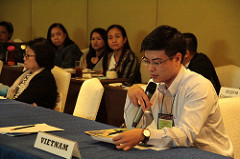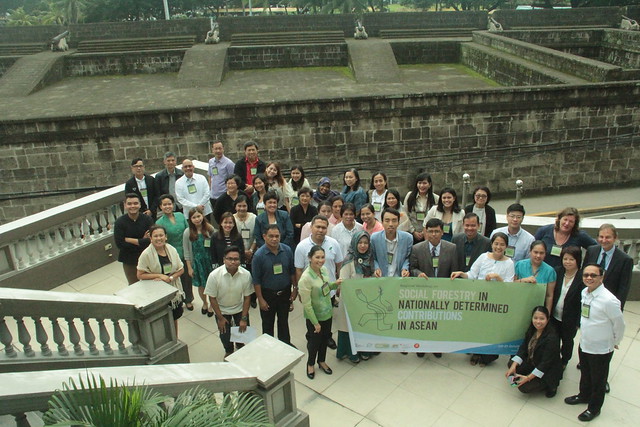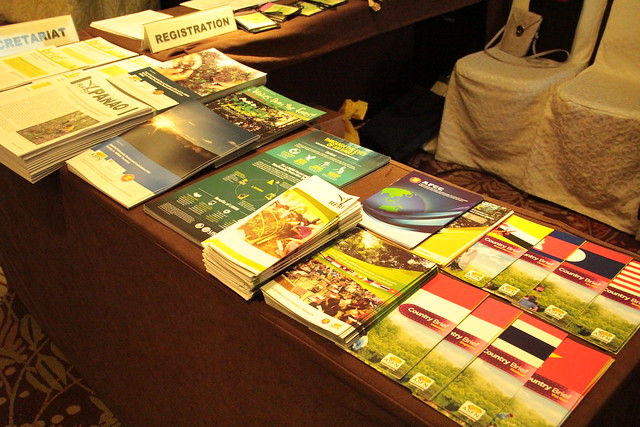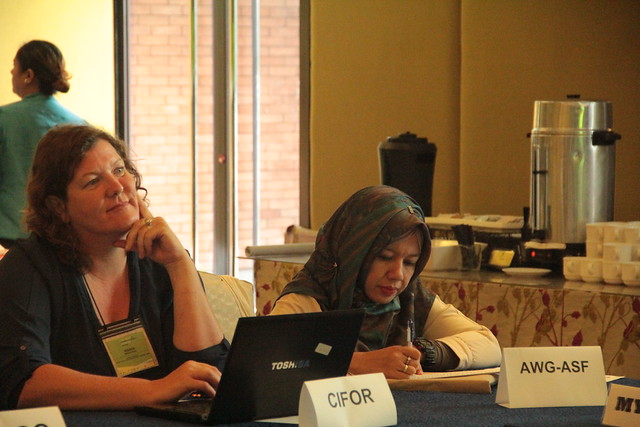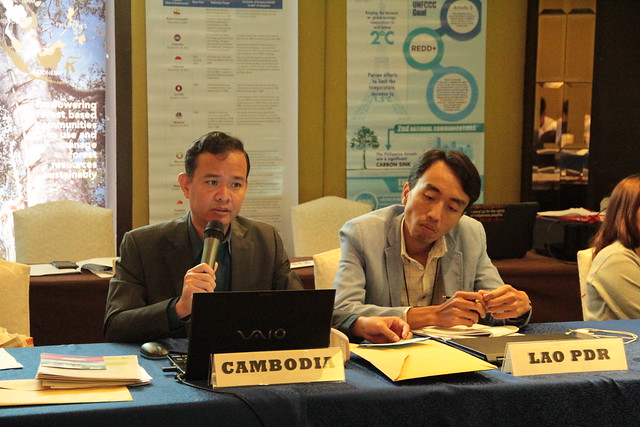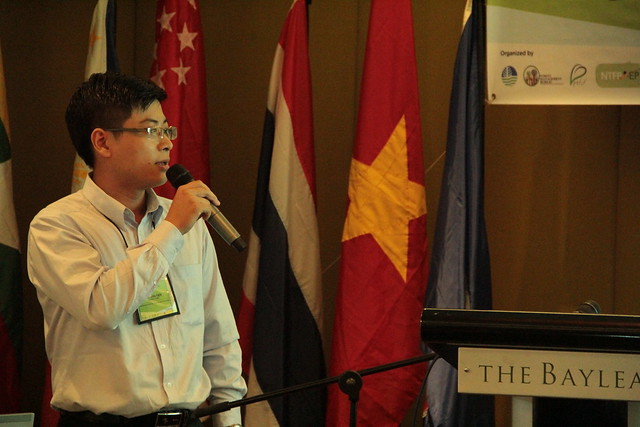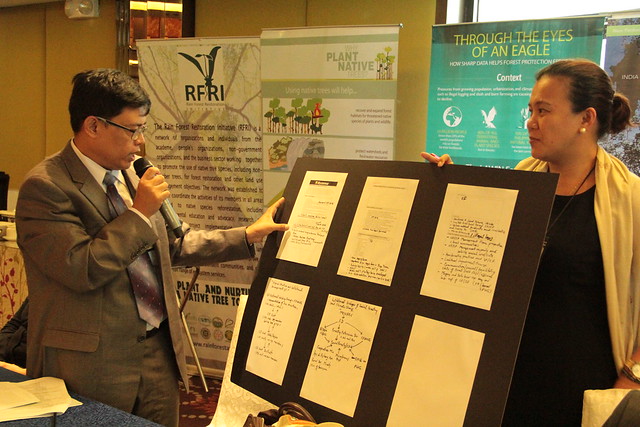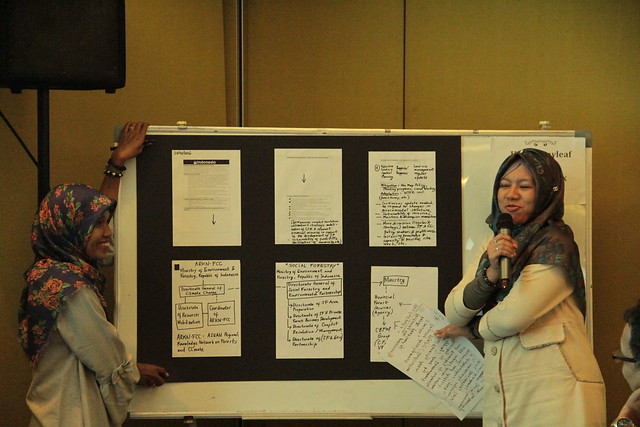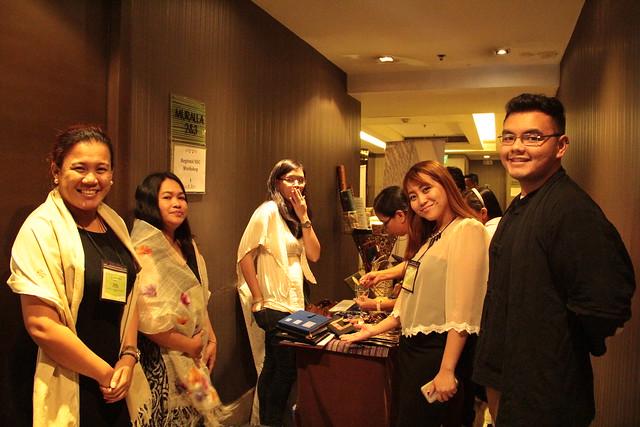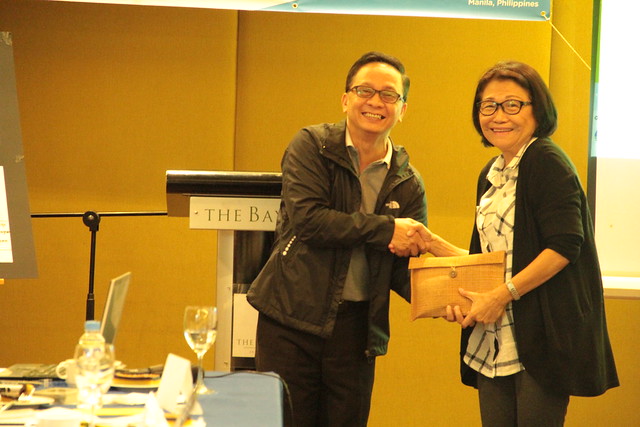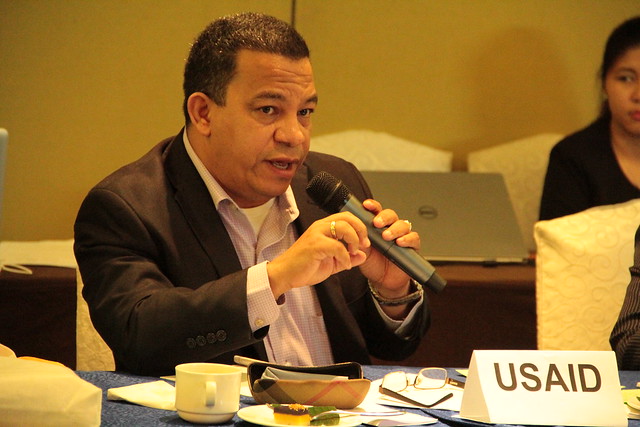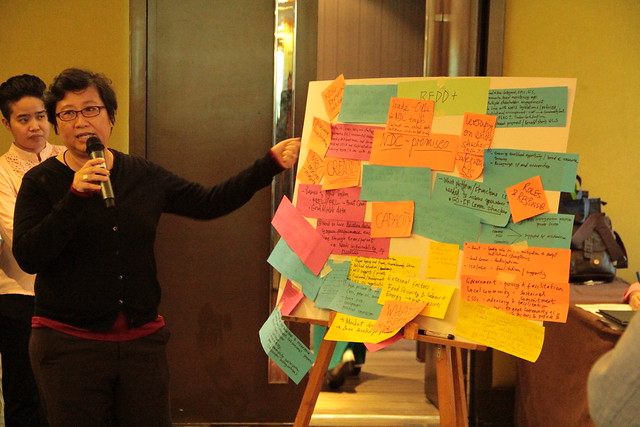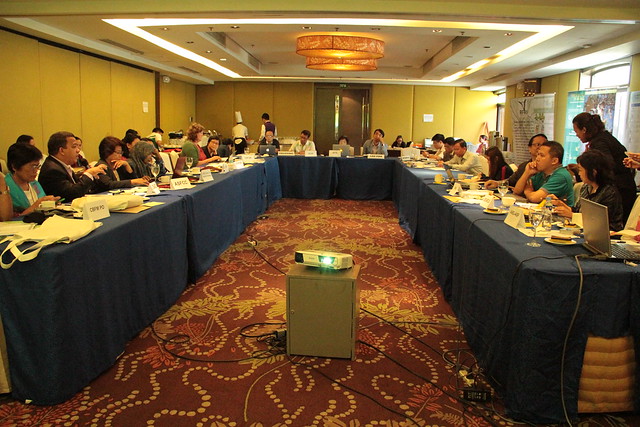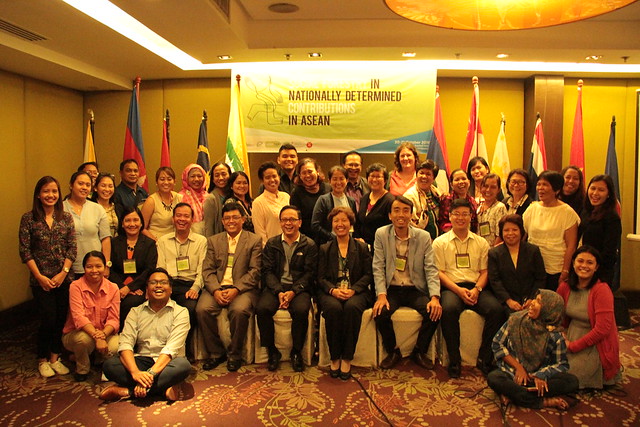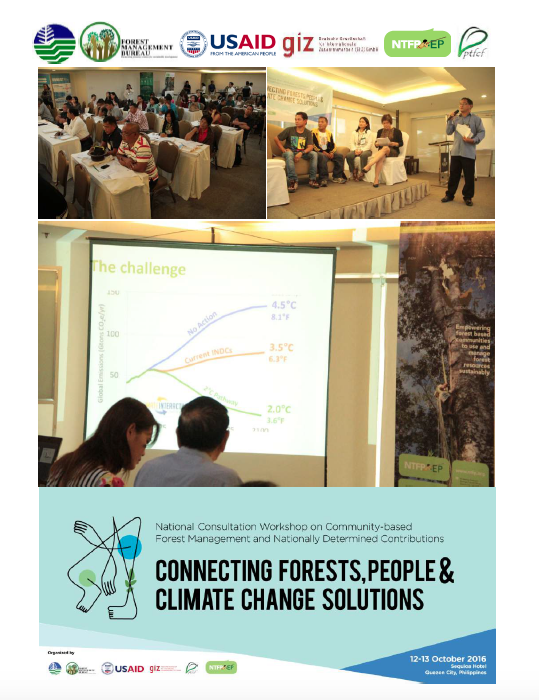MANILA, Philippines – Through its strong commitment to comprehensive policies and institutional arrangements, the Philippines has strongly adhered to principles and values of social justice and rights in the formulation of its climate change plans. This espousal is seen in its strong presence in regional and international climate change policy process. However, its policy and programs remains fragmented and substantial inclusion of forestry, especially social forestry in climate change plans and strategies, is yet to made.
There is increasing evidence that social forestry provides opportunity to increase national resilience to climate change, through diversifying rural livelihoods, increasing food security and leveraging social capital and knowledge. Researches and pilot projects have demonstrated that engaging local communities and promoting socio‐economic benefits with conservation can be an effective long-term strategy for slowing deforestation and forest degradation.
This growing body of evidence and demonstrated results suggest that making social forestry integral to the implementation of nationally determined contributions (NDCs) can enhance its relevance and effectiveness and ultimately benefit forest dependent communities in the Philippines and other members of the ASEAN region.
Clearly, there is opportunity and need to build on the achievements and lessons learned from decades of social forestry strategies in enhancing NDC planning and implementation.
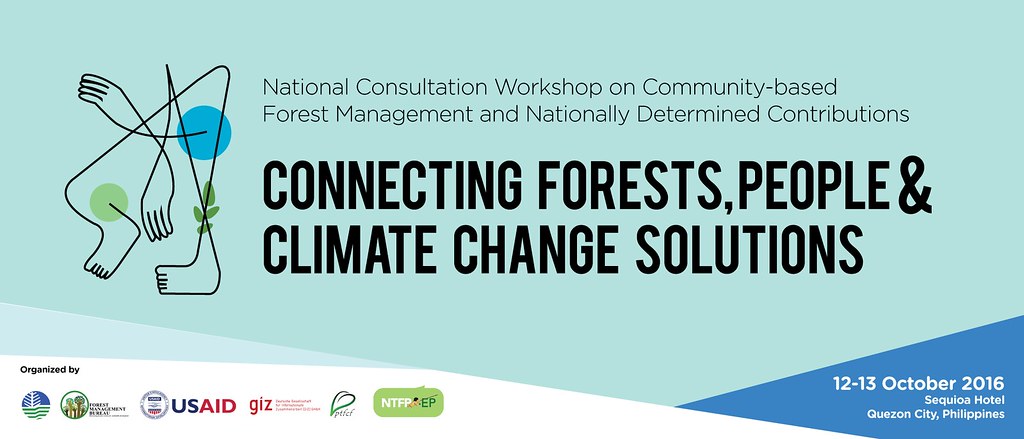
This 12-13 October 2016, NTFP-EP held a National Consultative Workshop to establish the link between the contributions of community-based forest management to national climate change plans and NDCs. The event, entitled Connecting Forests, People and Climate Change Solutions seeks to:
- To develop clear perspectives on the links of social forestry and climate change;
- To renew commitments and support for community-based forest management (CBFM) programs;
- To increase the understanding of stakeholders on climate change action planning and the Philippine NDC process;
- To share good practice on building resilience and mitigating climate change within community managed/ social forestry areas; and
- To develop recommendations and capacity needs on integrating social forestry in NDC planning and implementation.
A total of 70 participants participated in the workshop, coming from various groups, organizations, institutions, and agencies in the related fields of social forestry and climate change.
Day 1

“Without forests and local communities’ participation, the climate crisis will not be resolved.”
Partnerships based on trust has been the foundation of the many successful strides in the forestry sector in the Philippines. Ruth Canlas, Executive Director of NTFP-EP Philippines highlighted this in her opening remarks while also stating the need to address gaps while tapping opportunities to synergize efforts towards providing climate solutions as a country.
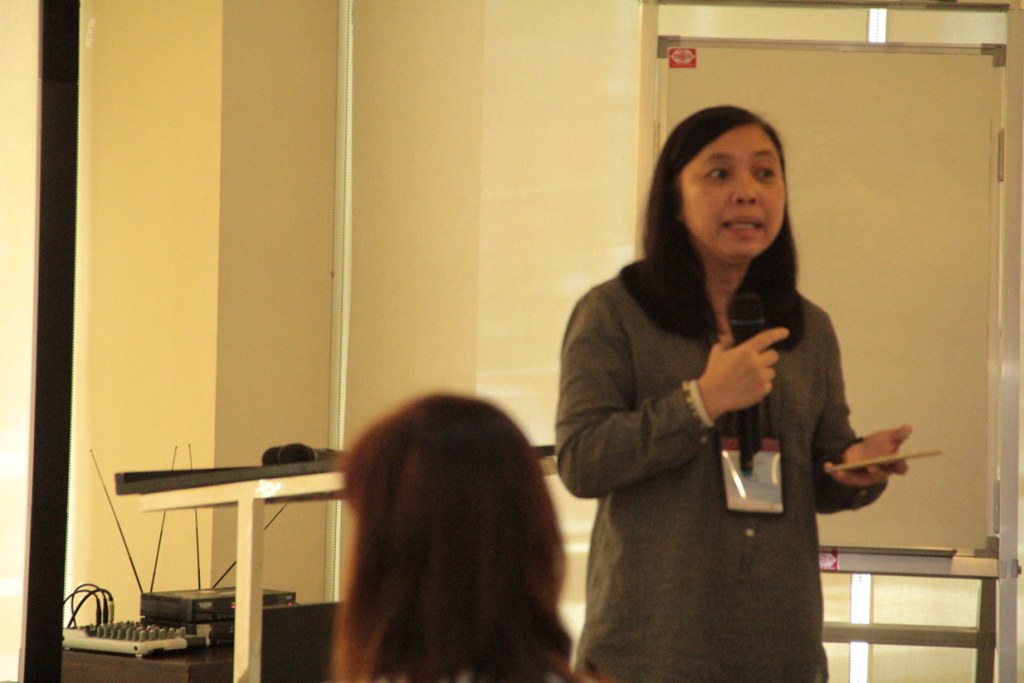
Ruth Canlas, Executive Director, NTFP-EP Philippines
The various communities’ role in forest protection through forest restoration and rehabilitation could not be undermined. Mayumi Quintos-Natividad, Assistant Director DENR-Forest Management Bureau distinctly recalled the formation of the Philippine National REDD-plus Strategy. It was through CoDE REDD, a group of forest-based communities and civil society organizations which persisted on the basis of social contracts and their shared passion for empowering forest-based communities.
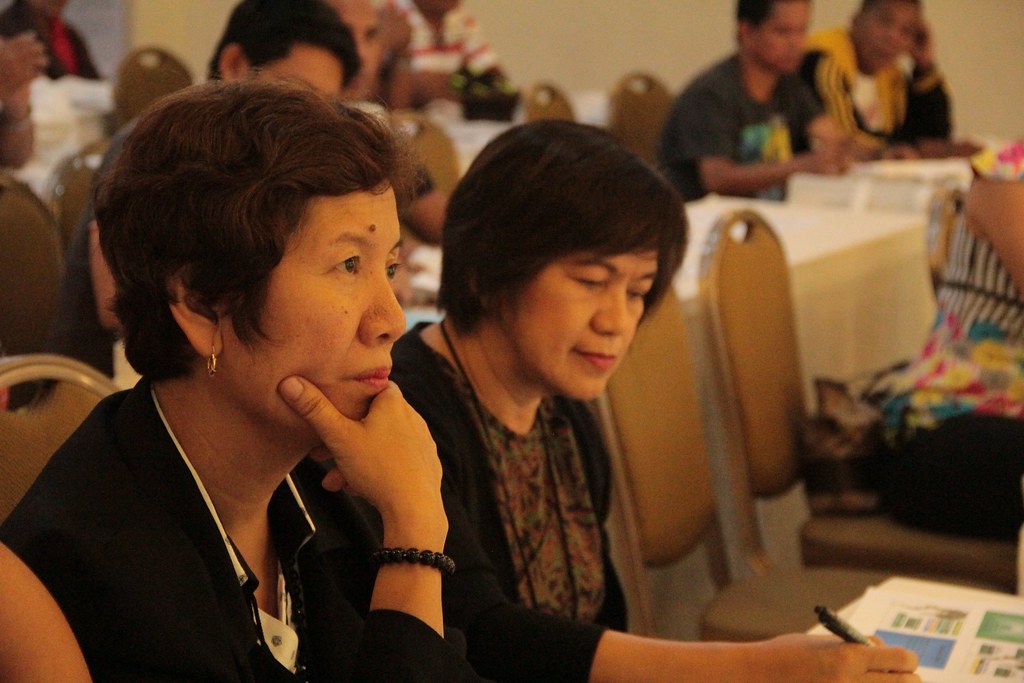
Mayumi Quintos-Natividad, Assistant Director DENR-Forest Management Bureau
With the exponential increase in carbon emissions and its detrimental effects to the global climate dilemma, nations have convened under the UNFCCC platform to attempt to revert back to a tolerable carbon emission rates through legally-binding agreements which have yet to be ratified and implemented at a national level. In the Philippines, at least 40% of its carbon emissions could be curbed through the forestry sector alone. However, this potential is hindered by the rapid decrease in forest cover of many countries like the Philippines, Indonesia, Cambodia, and Myanmar. Atty. Edna Maguigad mentioned the “revolutionary preamble” for the forestry sector within the Paris Agreement. Article 5 of the Paris Agreement emphasizes the role of forests in reducing emissions by acting as carbon sinks and reservoirs of greenhouse gases.

Atty. Edna Maguigad, Regional Policy and Governance Adviser, NTFP-EP Asia
“Community-Based Forest Management is the national strategy to ensure the sustainable development of the country’s forest resources.” For. Orlando Panganiban, presented how community-based forest management in the Philippines has the potential to contribute to climate change solutions. DENR-FMB, through its modernization and mechanization of forest resources aims to plant trees at a striking rate of 1 million trees in a day.
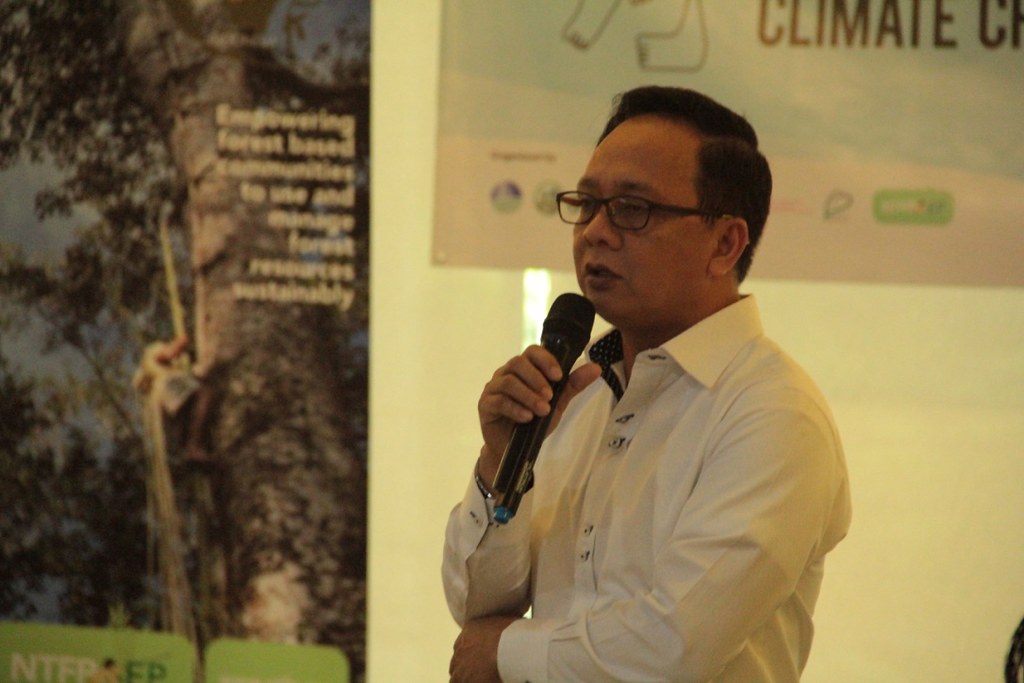
For. Orlando Panganiban, Chief, Forest Resources Management Division, DENR – Forest Management Bureau
Participants from various community-based forest management associations, peoples’ organizations, and indigenous peoples’ organizations have shared strategies that have been employed by local communities in managing their forest resources. Olivia Melendrez of NTFP-EP Philippines shared indigenous knowledge, skills, and practices that communities use in keeping track of climactic patterns: specific bird species such as the sayaw from Mindoro and sawi from Bukidnon act as community signals of an impending typhoon.
Planting native tree species have also been proven to provide greater long-term benefits not just for communities but also for forest biodiversity, said Dr. Pacencia P. Milan of Rainforest Restoration Initiative (RFRI). Mr. Eleuterio Manaytay, President, Region 11 CBFM PO Federation and For. Marcelina Espos, Conservation and Development Division, DENR Region 8, have given testimonies on how forest rehabilitation and reforestation using native tree species have been effective in mitigating hazardous effects of typhoons within their respective areas.
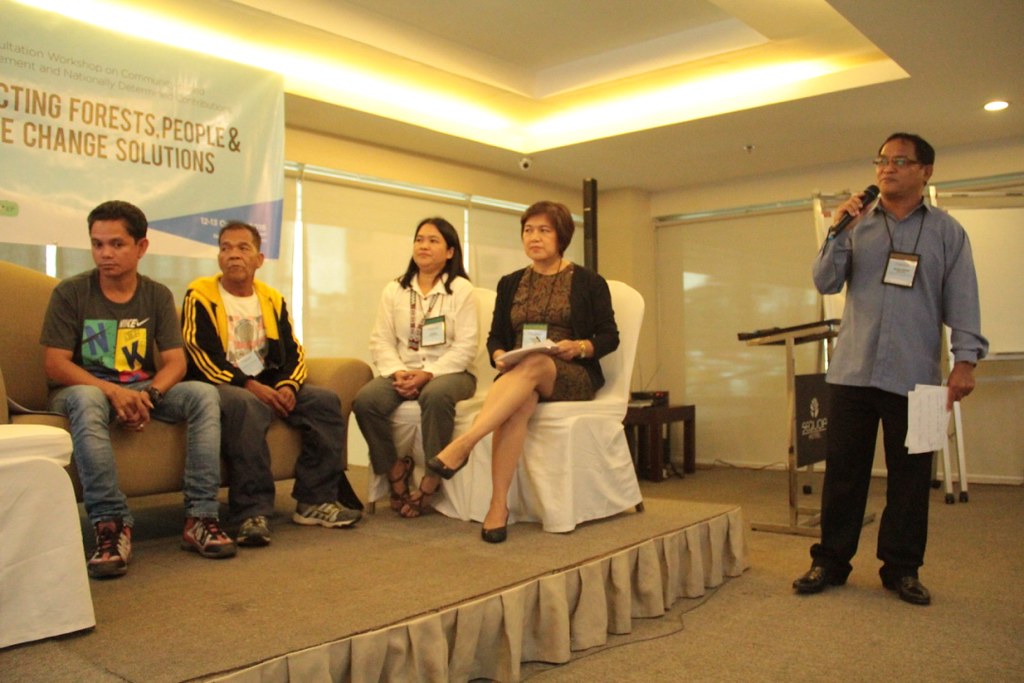
Let’s talk forest – session on effectiveness of community managed systems in building resilience and mitigating and climate change was done using a talk show format
However, gaps still exist in integrating these traditional practices into policies currently in place in the Philippines. Rolito Landuan of Samahan ng mga Mangyang Alangan sa Mindoro shares how relief goods do not usually reach Libaog (Mangyan communities’ traditional evacuation centers) due to relief regulations limiting distribution of goods only to government-recognized evacuation centers.
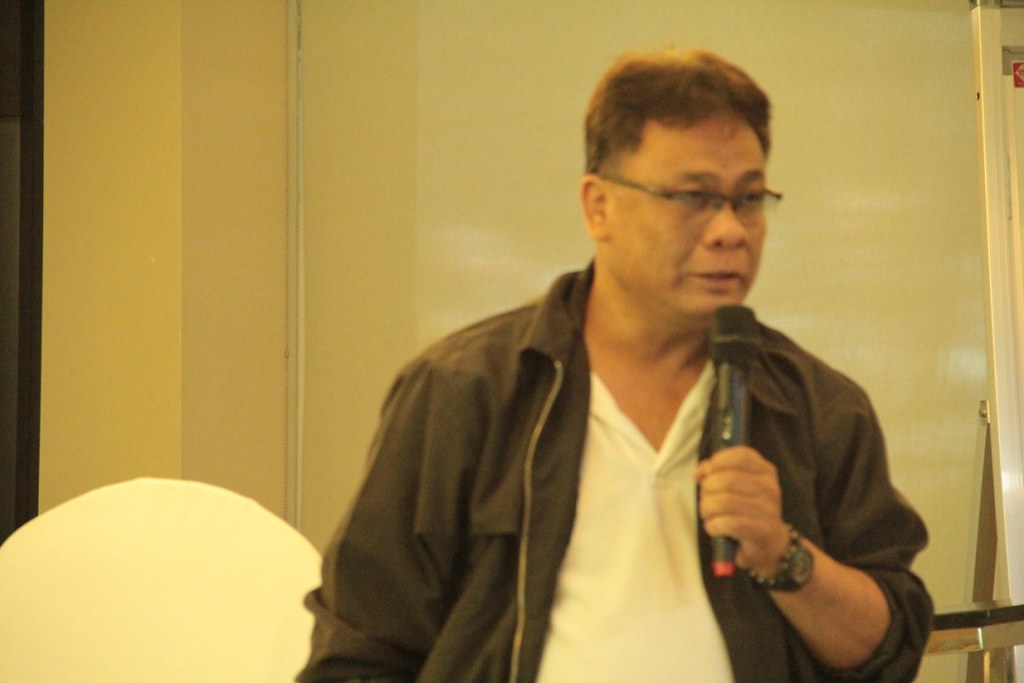
Mr. Alejandrino R. Sibucao, Jr., Chief, Forest Economics Section
According to Mr. Alejandrino R. Sibucao, Jr., this wide spectrum of local strategies, good practices, and opportunities are yet to be linked to the potential of Philippine forests to potentially contribute to a total of 70% the country’s Nationally Determined Contribution.
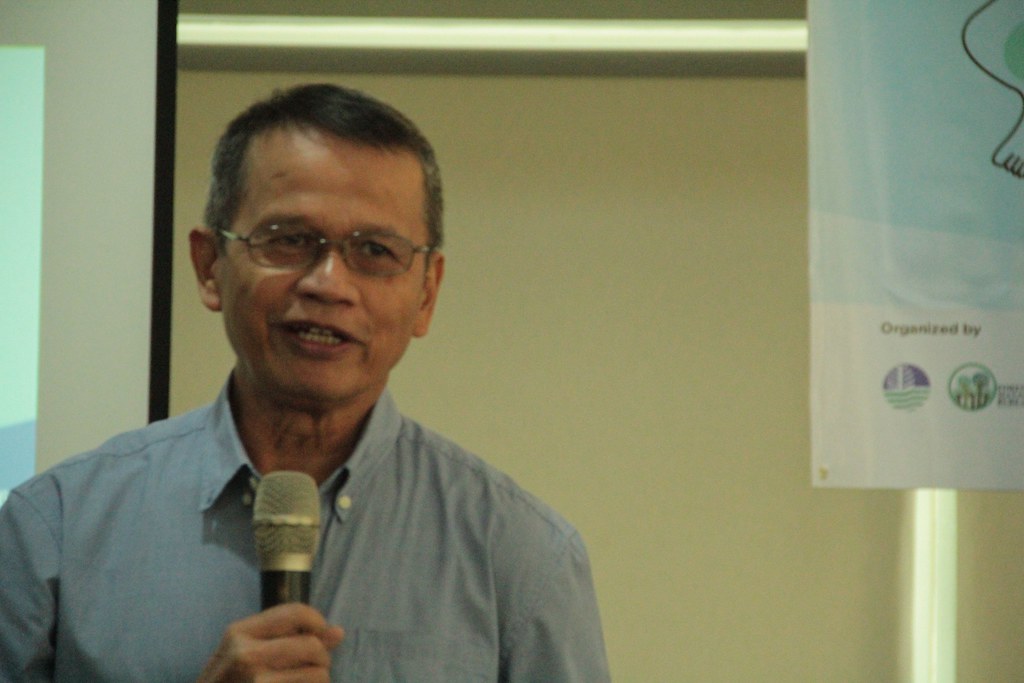
For. Isabelo Montejo, Undersecretary for field operations
Opening the second day of the workshop was the department undersecretary for field operations Isabelo Montejo. The newly appointed undersecretary accentuated his extensive years of service in the forestry sector with his call to commitment from every stakeholder: “We will make a difference and I need all of you to support me so that we can al deliver our tasks on time with effectivity and efficiency.”
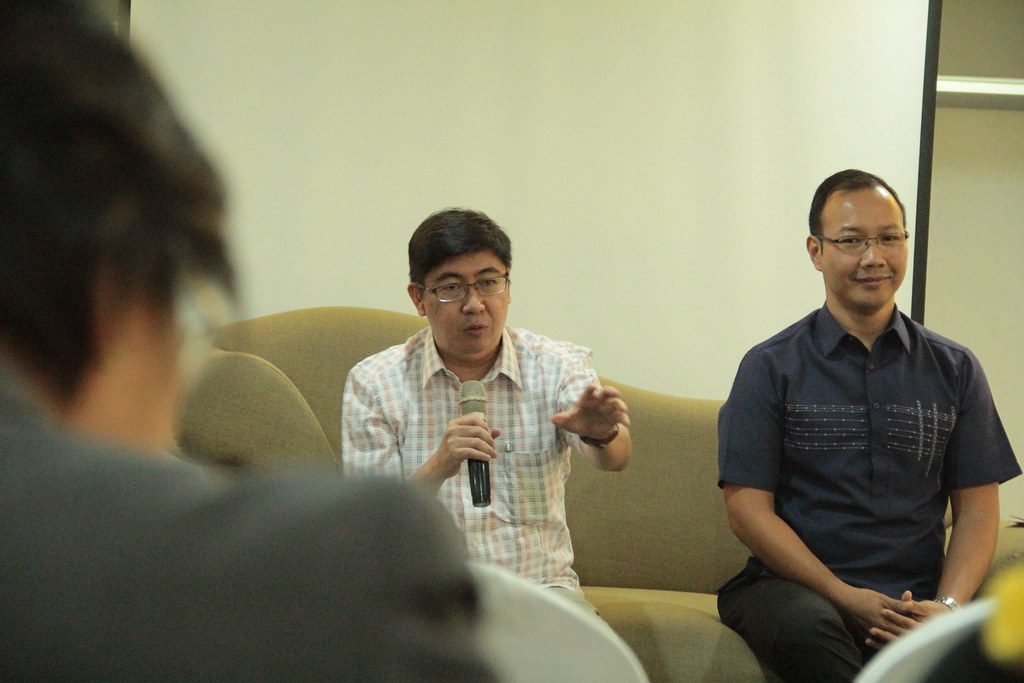
Atty. Jose Andres Canivel of the Philippine Tropical Forest Conservation Foundation, Inc. (PTFCF) (left) and Oliver Agoncillo of the Foundation for the Philippine Environment (FPE) (right)
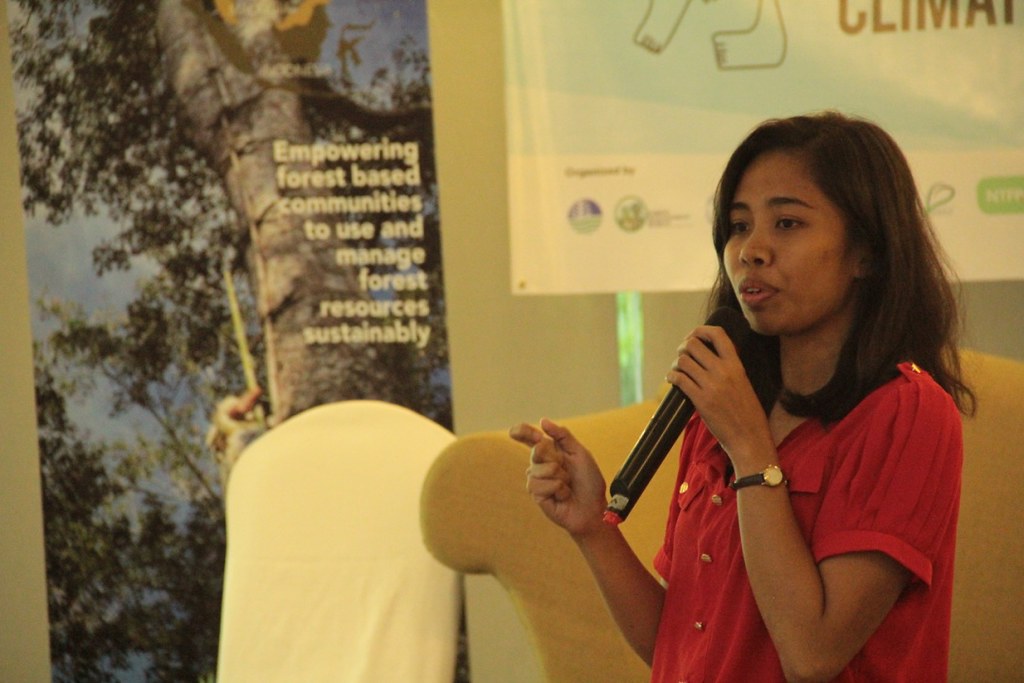
Elaine Joyce Borejon of the Climate Change Commission
Accessible financial mechanisms have been presented to the plenary as an opportunity to further the goals of integrating social forestry plans into the national climate agenda at the local, regional national levels.
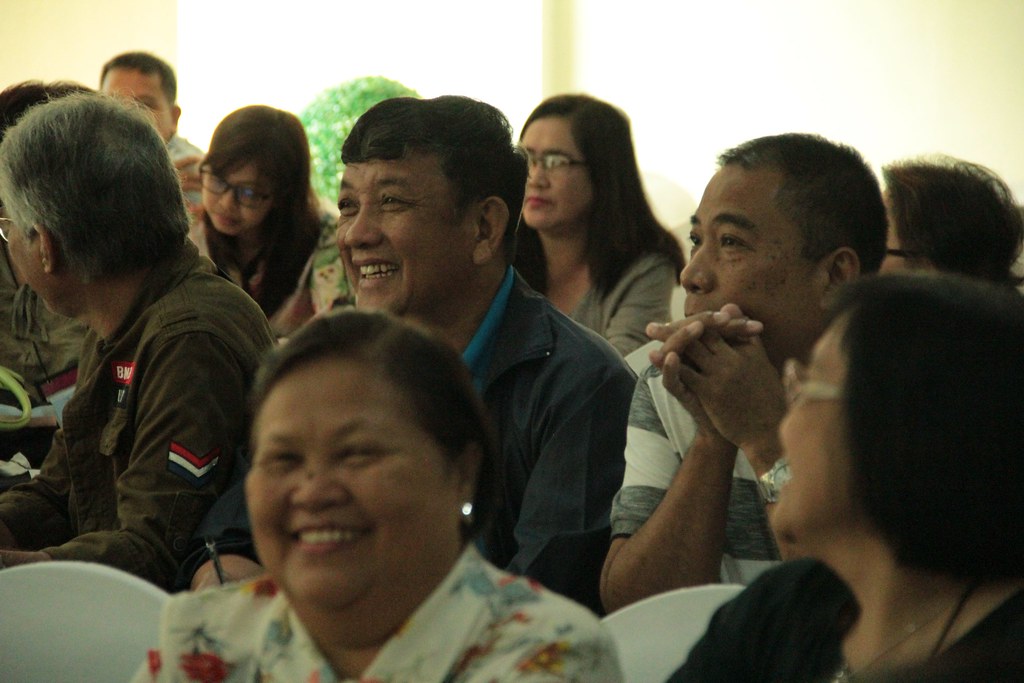
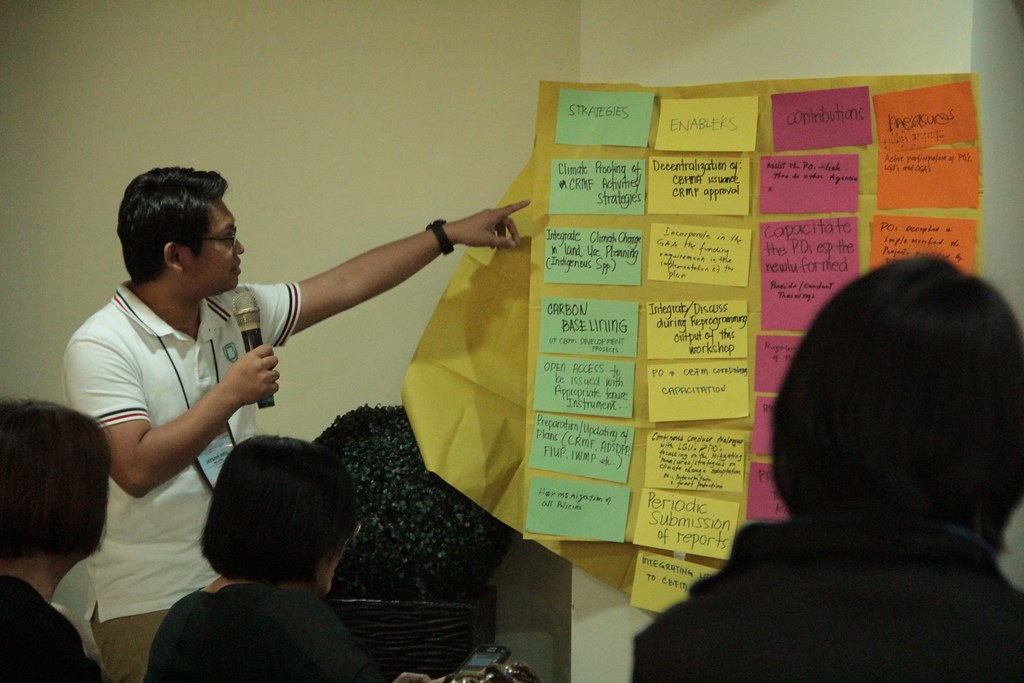

The participants then went into various break out groups (CBFM coordinators and offices, CBFM federation representatives, indigenous peoples, and civil society and academse) to discuss further how each stakeholder could ensure the integration of the climate agenda into their respective plans. As a synthesis, the group verbalized recommendations to enhance, sustain and integrate the contribution of CBFM to climate change plans, solutions, and other plans in the Philippine NDCs. Olivia Melendrez of NTFP-EP Philippines remarked: “We must recognize community-based knowledge, systems, and practices and integrate these to climate change policies and plans.”

NTFP-EP Asia


